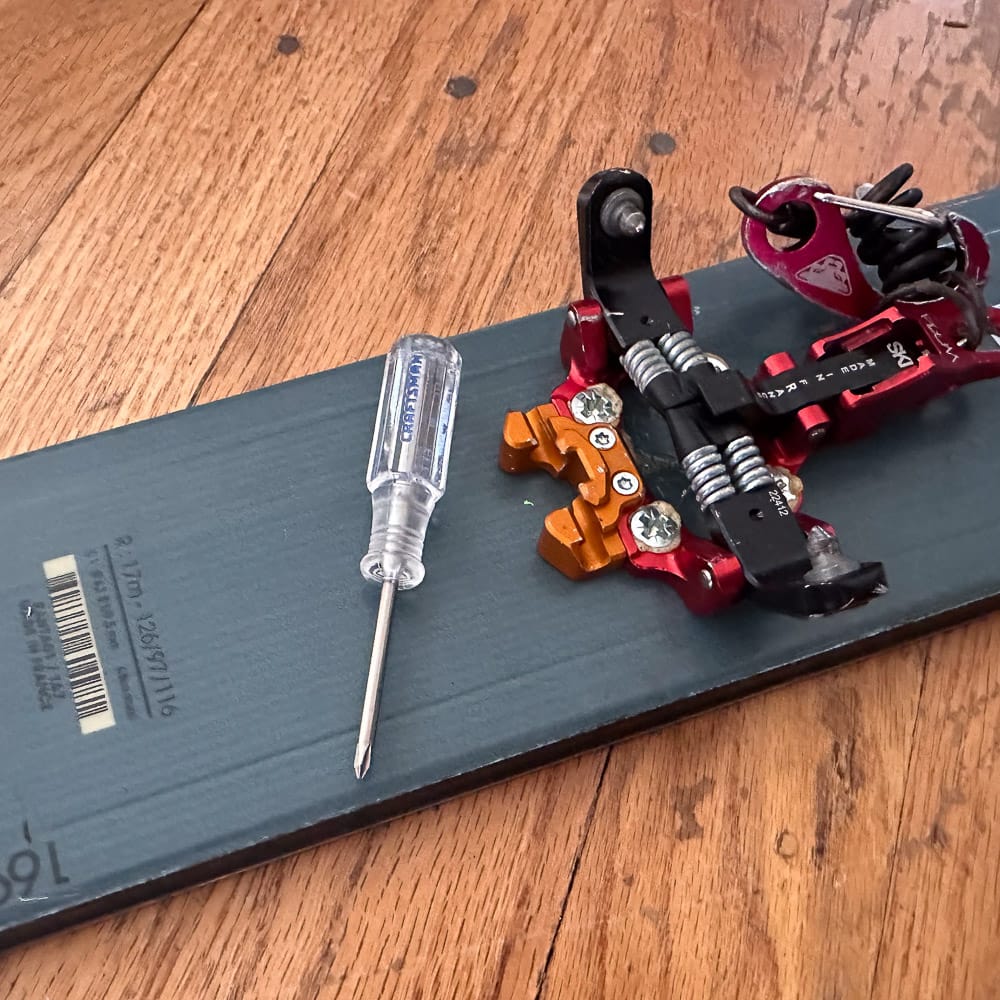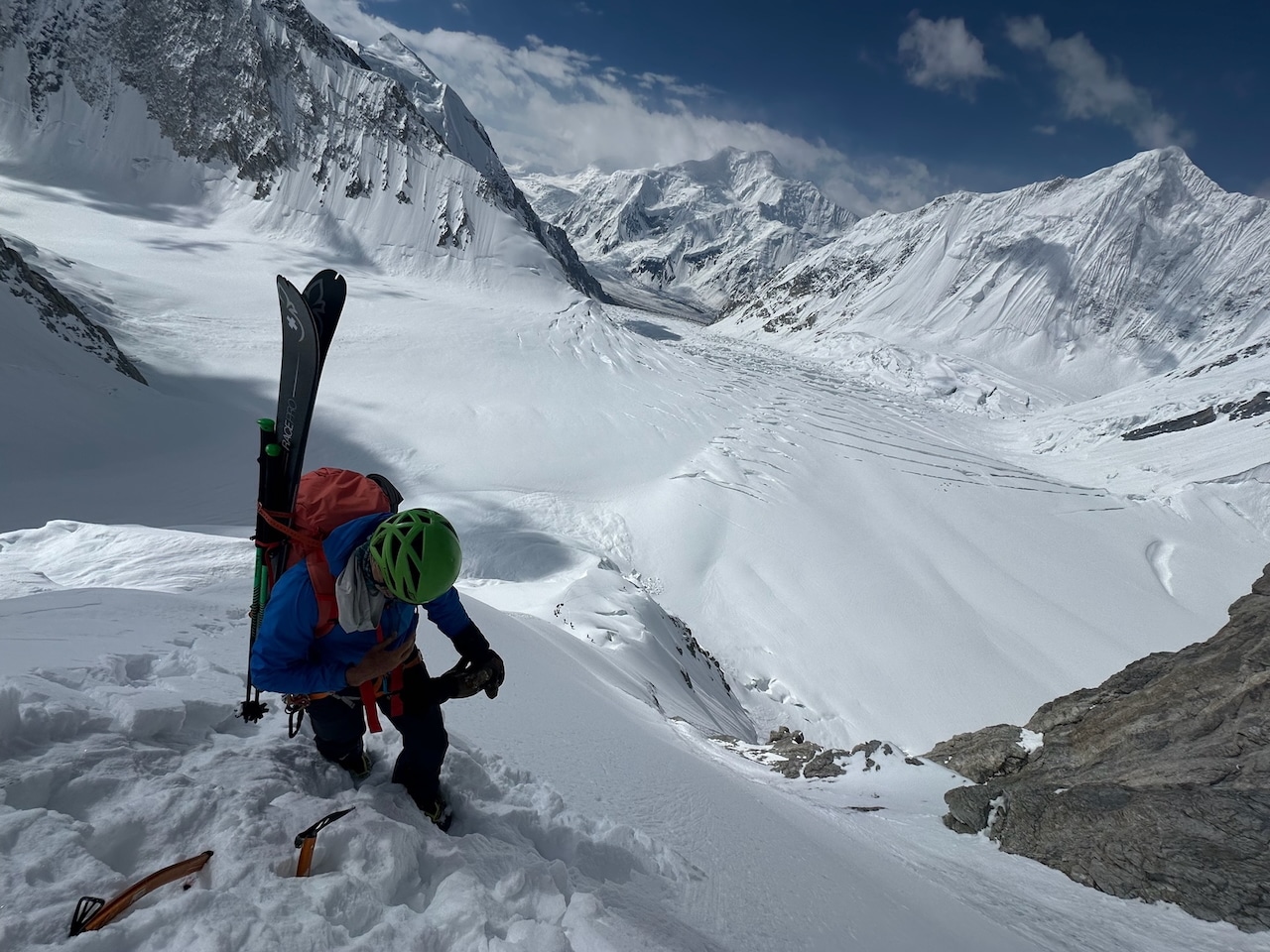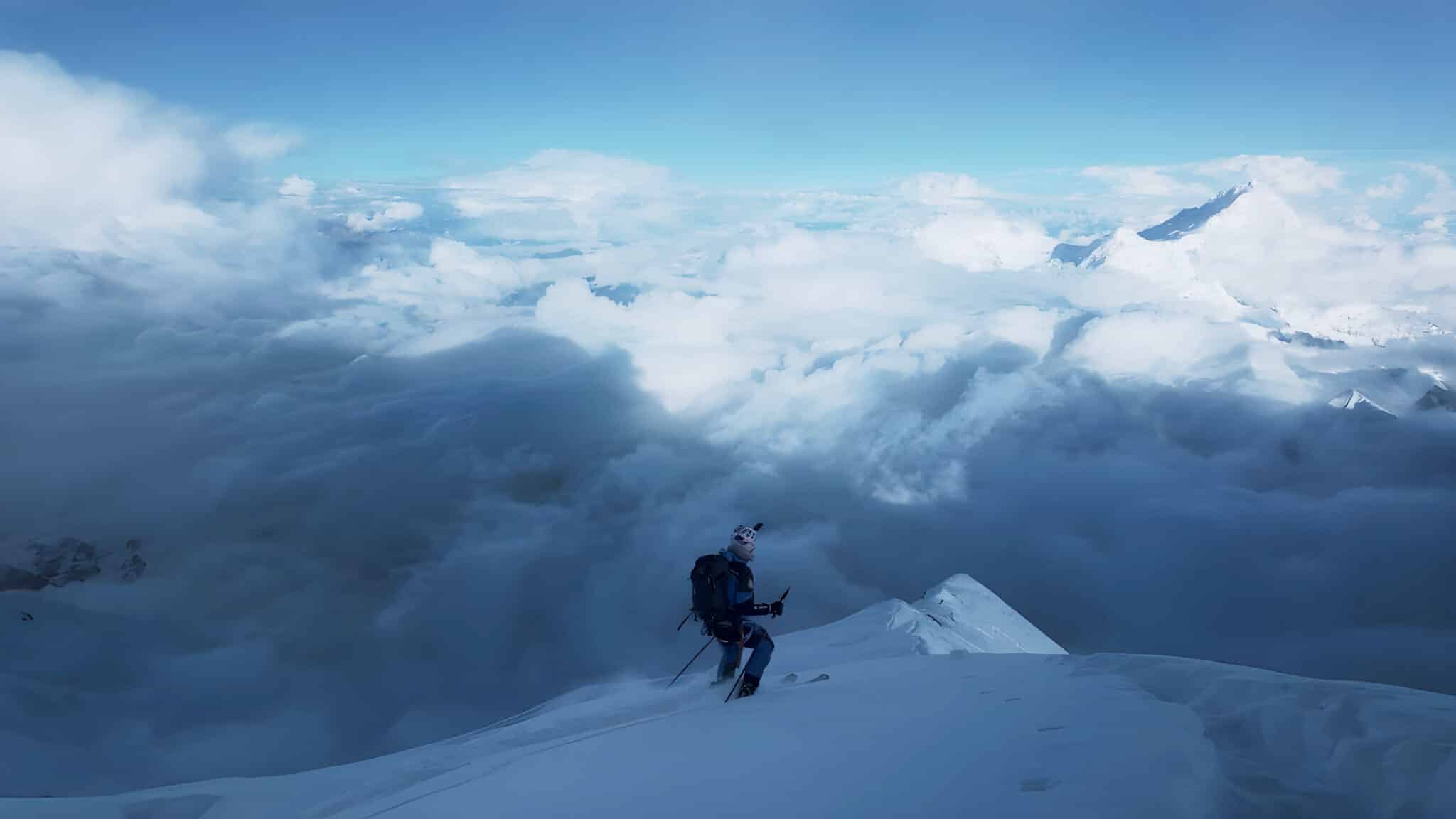As we write this, there’s roughly, and near exactly, 12 hours and 32 minutes of sunlight at the 45th parallel. As nature does its thing, we’ve gained 32 minutes of available sunlight since the spring equinox. And as things go in the Northern Hemi, unless you are smack dab on the Equator, your days will get unequivocally brighter until the Fall Solstice. So, hang on to your sunglasses. And your skis.

The pending freeze-thaw cycle also means many of us will chase corn snow. At a minimum, we are likely to skin, crampon, and ski on firm snow in the spring. Firm snow, oftentimes, means increased potential for sliding down the snow in an uncontrolled fashion. It follows that remaining upright and in your skimpy little tech bindings is paramount. Part of remaining in your tech bindings is developing a routine atop the slope to ensure snow/ice isn’t impeding the toe unit’s pins from fully engaging in your boot-toe inserts, the heel pins pop into place, and the heel turret is aligned in the forward position.
Last winter, on an up-and-down day type traverse, I snapped my toe into place (all good), snapped my heel into the pins (I thought all good), and was about to ski down on steepish-firm snow where any slide other than one controlled by my ski edges would have been bad. Moments before I schussed off, a partner alerted me that a heel unit was misaligned: the heel turret was maybe 15 degrees askew. At the least, my heel had real potential, with light lateral pressure, to rotate and release.






Leave a Reply
You must be logged in to post a comment.